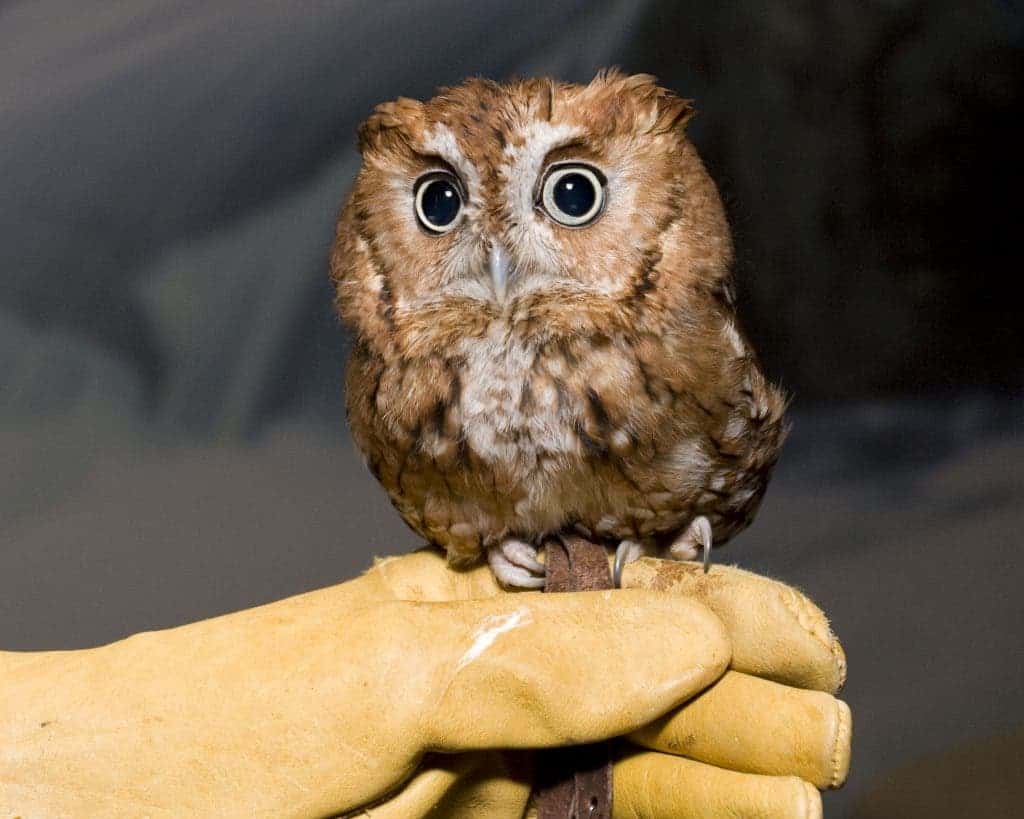Owls are fascinating animals, but by far their greatest trick is turning their heads at 270 out of the 360 degrees. If we (or any mammal) would attempt this, we would cut the blood supply to our brains and pass out. But as it turns out, the bird’s bone and vascular structures are smart enough to protect it.
“They haven’t developed just one answer to the problem; they have several answers,” said Dr Philippe Gailloud from Johns Hopkins University School of Medicine. “And it’s because of this set of solutions that we don’t see lots of owls lying on the forest floor having suffered strokes,” the interventional neuroradiologist explained.
The big problem of a hunting owl is that its eyes are in a fixed position inside its skull; therefore, in order to see as much as possible, the bird must turn its head in this extraordinary way. The fact that they have 14 bones in their neck compared to the 7 we humans have definitely helps, but the big thing is something else.
The way the animal manages the flow of oxygenated blood to its brain is definitely a remarkable faet. Dr Gailloud and science illustrator Fabian de Kok-Mercado tried to detail the anatomy of an owl bird through imaging and dissection. The thing is, for humans, the big carotid arteries are at the side of the neck, so when you turn your head, they are under a lot of stress. In the owl, they are placed at the center of the neck, almost in front of the spine. The rotation induced stress and damage is thus greatly decreased. But even this is not unique for owls: many other birds display this property.
What really makes them unique is the way they give extra space to the vessels that travel through channels within the neck bones. In humans, these bony cavities are just big enough to carry the arteries.
“By contrast, in owls, the canal is about 10 times bigger and it’s filled with an air sac,” Dr Gailloud said. “You know birds have air sacs to make them lighter, and somehow they manage to put some of this inside that bony canal and cushion the vessel.”
Another significant discovery was that ls have wide segments in their carotids just under the skull base. The researchers found these could dilate and fill with a reservoir of blood – something which hasn’t been observed yet, in any organisms.
“We believe this is kind of a new structure not really known before,” said Dr Gailloud. “It’s probably a way to pool blood and get some continuity of flow even if there is disruption below at the next level.”
There may not yet be any clinical relevance to this discovery, but the future could hold promise for certain issues; the scientific value is also considerable.
“There’s no real clinical relevance here, other than ‘don’t try this at home’. But I think from a broader perspective, it just illustrates the amazing amount of biodiversity on our planet, and how there are so many things we still haven’t discovered. You would have thought we knew everything there was to know about the owl. A lot of this is down to technology which allows us to break new ground,” he concluded.
Via BBC



